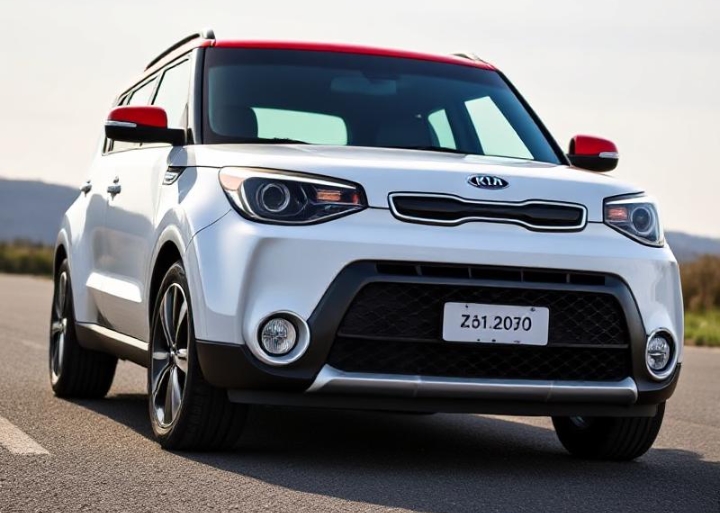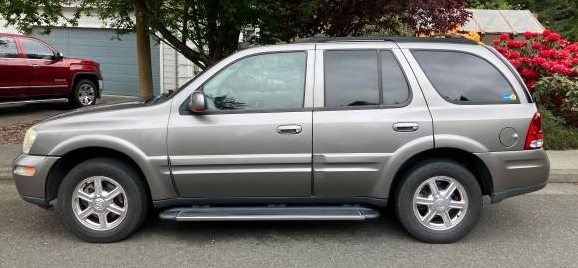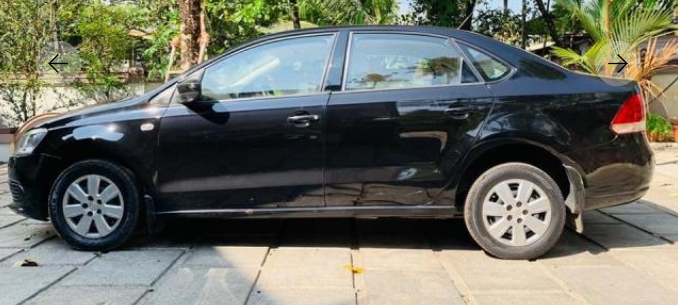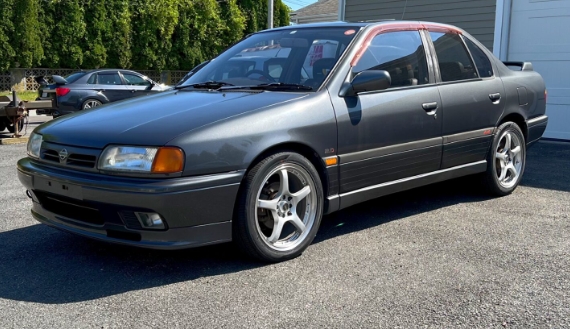The Evolution of the Lancia Dedra
The Lancia Dedra represents a significant chapter in the Italian automaker’s history, embodying the brand’s commitment to combining innovative design, advanced engineering, and a focus on driving dynamics. Produced between 1989 and 1999, the Dedra served as a successor to the Lancia Prisma and was positioned in the compact executive car segment, competing with vehicles like the BMW 3 Series, Audi 80, and Alfa Romeo 155. Over its decade-long production run, the Dedra underwent various updates and expanded its lineup to include multiple models and trim levels, reflecting changing market demands and technological advancements.
Introduction and Development (1989-1990)
Lancia introduced the Dedra in 1989 as a modern replacement for the Prisma. Built on the Type Three platform shared with Fiat and Saab models, the Dedra was designed to appeal to a broad audience seeking a combination of comfort, performance, and style. The initial launch featured a sleek, aerodynamic design with a spacious interior, embodying contemporary European design trends.
First Generation (1989–1994)
The initial Dedra lineup included several variants, primarily differentiated by engine choice, body style, and trim levels.
Body Styles:
- Sedan (4-door saloon): The most common body style, emphasizing practicality and comfort.
- Wagon (Station Wagon/Caravan): Known as the Dedra SW, it offered increased cargo space and versatility.
- Hatchback: Less common, primarily available in some markets.
Engine Options:
- 1.6-liter Inline-Four: Producing approximately 87 horsepower, aimed at budget-conscious buyers.
- 1.8-liter Inline-Four: Around 105 horsepower, offering a balance of performance and economy.
- 2.0-liter Inline-Four: Approximately 133 horsepower, providing more spirited driving.
- 2.0-liter Turbo (16-valve): Around 165 horsepower, available in certain markets, emphasizing sportiness.
- 2.0-liter Turbo Diesel (1.9-liter) and 2.0-liter Diesel: For diesel markets, offering economical options.
Trim Levels:
- S: Base trim, equipped with basic features, suitable for everyday driving.
- SX: Mid-range, adding comfort and convenience features.
- GT: Sportier trim with additional performance-oriented features and styling elements.
- Veloce: The top-tier sporty trim, equipped with the turbocharged engines, sport suspension, and upgraded interiors.
Mid-Cycle Refresh (1992)
In 1992, Lancia introduced a facelift for the Dedra to modernize its appearance and incorporate technological improvements. The updates included:
- Redesigned front grille and bumpers.
- Slightly revised headlights and taillights.
- Interior upgrades, including improved dashboard layout and additional comfort features.
- Introduction of new engine management systems for better performance and efficiency.
The trim levels remained largely the same, but the Veloce continued to be the flagship, featuring the turbocharged engines and sportier styling cues.
Second Generation (1994–1999)
By 1994, the Dedra had matured into a more refined vehicle, with a focus on improving handling, safety, and comfort. The second generation featured several notable changes:
Design and Engineering:
- Slightly more aerodynamic body lines.
- Improved chassis stiffness and suspension geometry.
- Introduction of electronic systems such as anti-lock braking system (ABS) and optional traction control (ASR).
Engine Lineup:
- The 1.6 and 1.8-liter engines remained available but were phased out in favor of more modern units.
- The 2.0-liter engines continued, with improvements in power output and emissions.
- Introduction of a 2.0-liter Turbo (VHC) engine, producing approximately 165 horsepower.
- Diesel options continued, with the 1.9-liter Turbo Diesel offering enhanced torque and fuel economy.
Trim Levels:
- LE: Entry-level trim with essential features.
- SX: Mid-range offering additional comfort.
- Veloce: Sporty trim with turbocharged engines, sport suspension, and distinctive styling features.
- Executive: Top-tier trim focusing on luxury and comfort, with features like leather upholstery, climate control, and advanced audio systems.
Special Editions and Variants
Throughout its production, the Dedra also saw several special editions aimed at specific markets or highlighting performance and luxury:
- Dedra 4WD Veloce: Featuring all-wheel drive and the turbocharged engine, aimed at buyers seeking enhanced traction.
- Dedra Turbo i.e.: Introduced in some markets, emphasizing sporty features.
- Dedra SW (Station Wagon) Variants: Often offered in higher trims with luxury packages.
Technical Innovations and Market Impact
The Dedra was notable for its technological features, especially in higher trims. Some of these included:
- Electronic fuel injection systems.
- Advanced suspension setups, including MacPherson struts and multi-link rear suspensions.
- Optional electronic stability programs in later models.
- Safety features such as airbags and improved crashworthiness.
.
MANY auto lovers not only spend time in their garages to tinker on their autos, but have other projects going on in there as well. Wood working is a popular pastime for the creative type of individual. Not sure what to make next? Or thinking about getting into this kind of hobby? There’s lots of possibilities… Here’s some of them…

.
End of Production and Legacy (1999)
After a decade of production, Lancia discontinued the Dedra in 1999, replaced by the Lancia Delta, which inherited some of the Dedra’s sporty and technological ethos. The Dedra remains a respected model among enthusiasts for its blend of Italian design, engineering, and versatility.
Summary of Models and Trim Levels
| Year Range | Body Styles | Engine Options | Notable Trim Levels | Special Editions |
|---|---|---|---|---|
| 1989–1994 | Sedan, Wagon, Hatchback | 1.6L, 1.8L, 2.0L, 2.0L Turbo Diesel, 2.0L Turbo | S, SX, GT, Veloce | Dedra 4WD Veloce, Turbo i.e. |
| 1994–1999 | Sedan, Wagon | Updated 1.6L, 1.8L, 2.0L, 2.0L Turbo, Diesel options | LE, SX, Veloce, Executive | Special editions based on market |
In conclusion, the Lancia Dedra’s evolution from 1989 to 1999 showcases a model that adapted to technological advancements and market trends while maintaining its core values of style, performance, and comfort. Its various models and trims allowed it to appeal to a broad spectrum of buyers, from practical family car owners to sportier enthusiasts. Today, the Dedra remains a noteworthy chapter in Lancia’s storied history, appreciated by collectors and enthusiasts who value its unique blend of Italian flair and engineering innovation.







